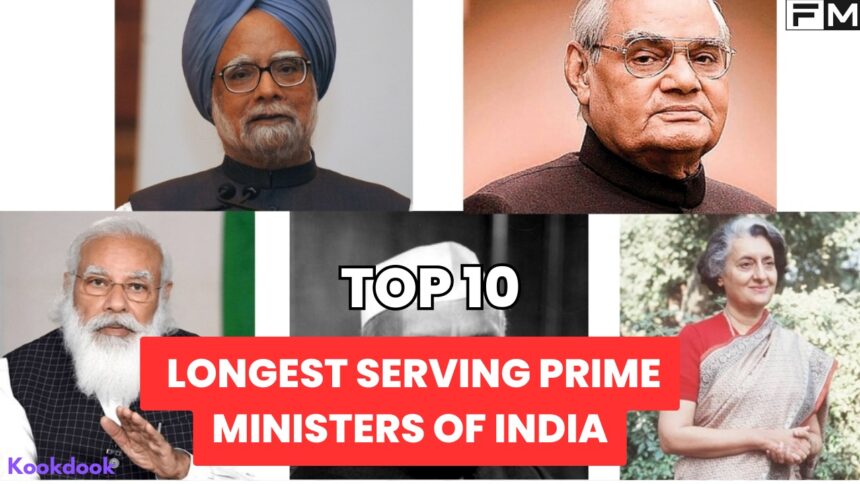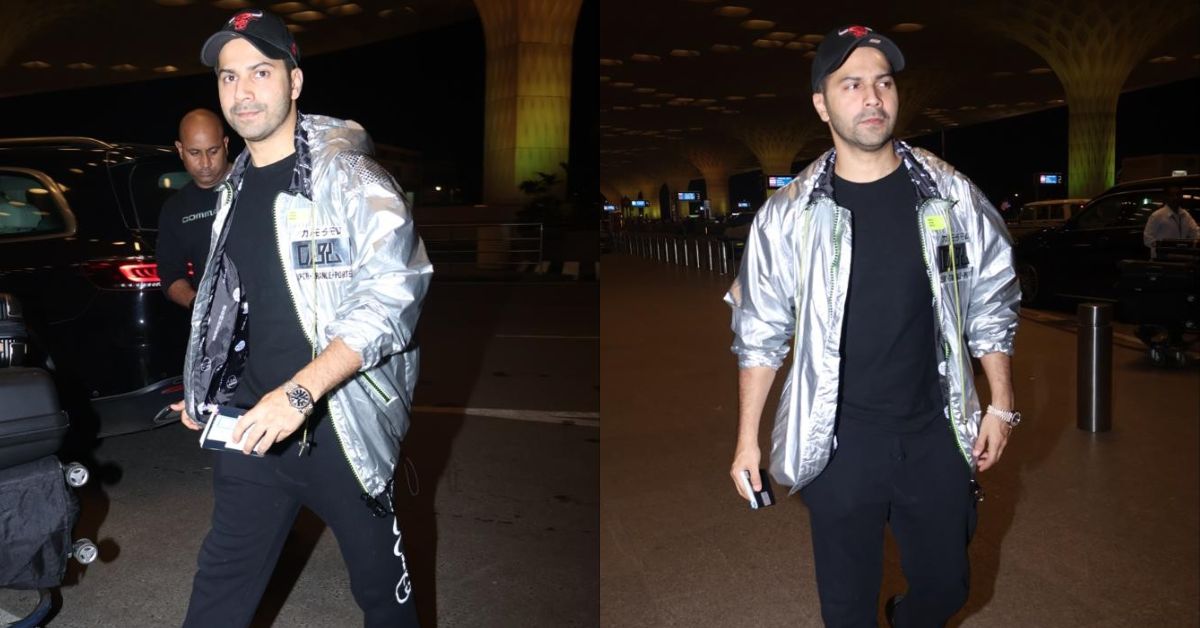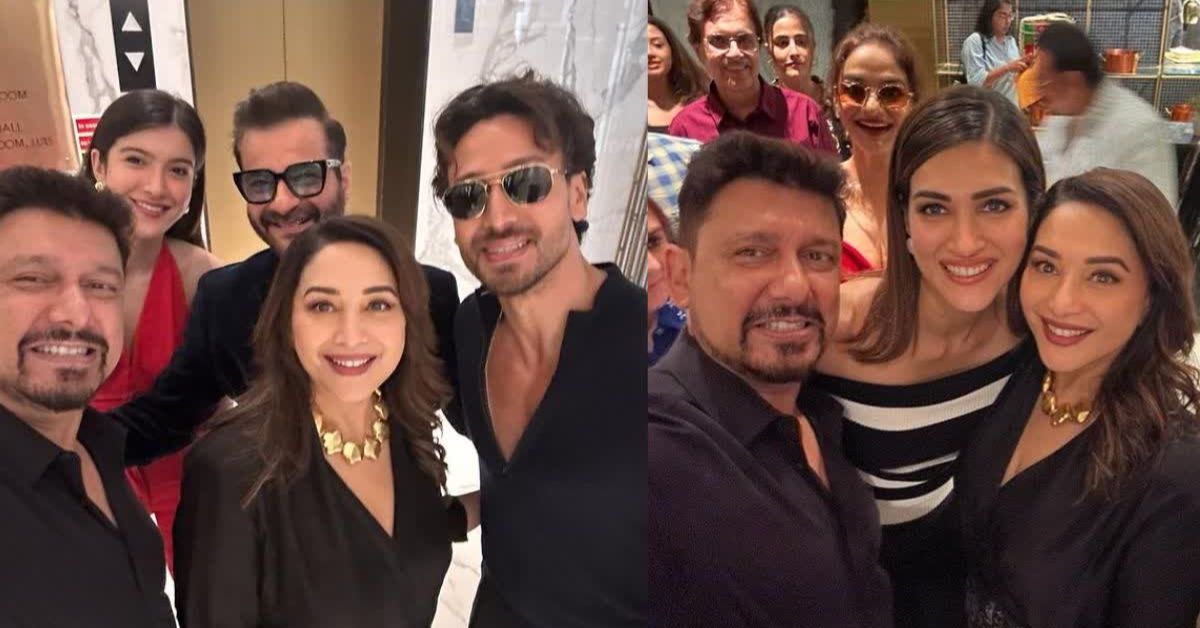The Prime Minister of India is the highest-ranking executive authority in the government and is elected by the majority party in the Lok Sabha, the lower house of the Indian parliament. While the President of India holds a ceremonial position as the head of state, the Prime Minister exercises real executive power and leads the Council of Ministers.
The Prime Minister and the Council of Ministers are always accountable to the Lok Sabha. The Lok Sabha, as the main legislative body in the Republic of India, plays a crucial role in overseeing the actions and decisions of the government. The Prime Minister must have the confidence of the Lok Sabha to govern effectively.
1. Pt. Jawaharlal Nehru – India’s First Prime Minister
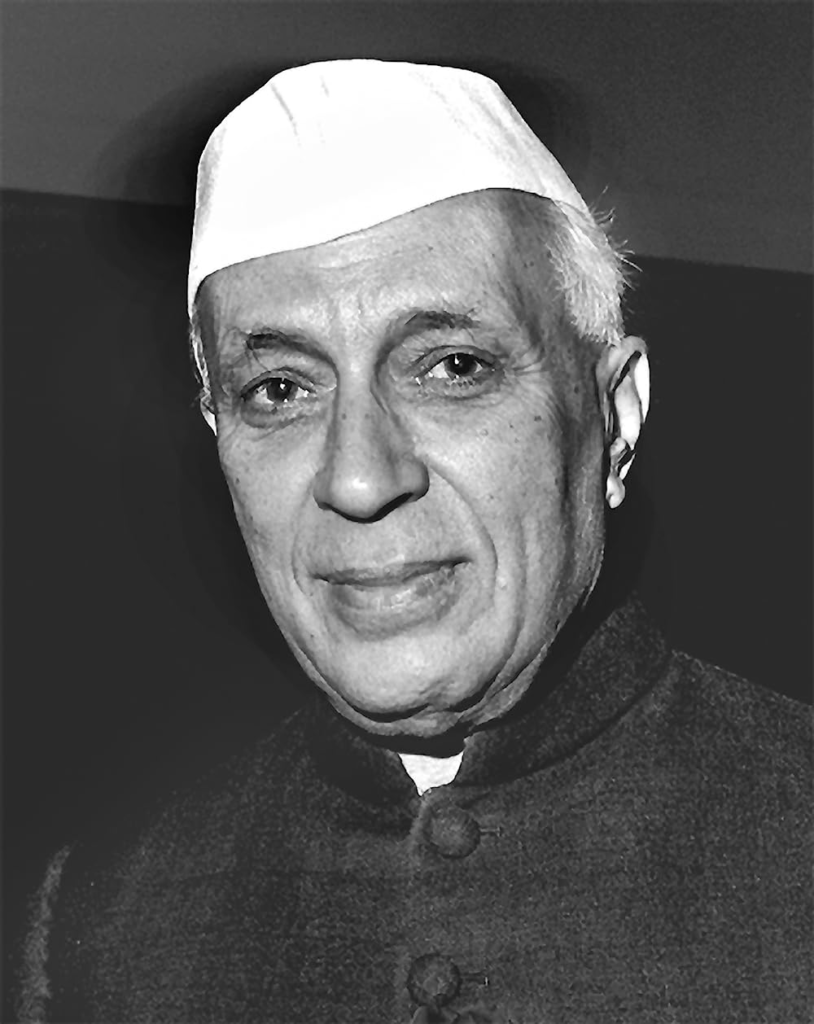
Pt. Jawaharlal Nehru was India’s first and longest-serving Prime Minister. A secular and socialist leader, he played a crucial role in the freedom movement and endured multiple incarcerations. His father, Mr. Motilal Nehru, was a prominent lawyer, and Pt. Nehru was born at Anand Bhawan in Allahabad. A man of letters, he authored the renowned book ‘Discovery of India’ and had a profound influence on the Planning Commission of India. Pt. Nehru’s love for children led to the celebration of ‘Bal Diwas’ on the 14th of November each year in India. His demise in 1964 marked the end of an era.
2. Manmohan Singh – The Economist Prime Minister
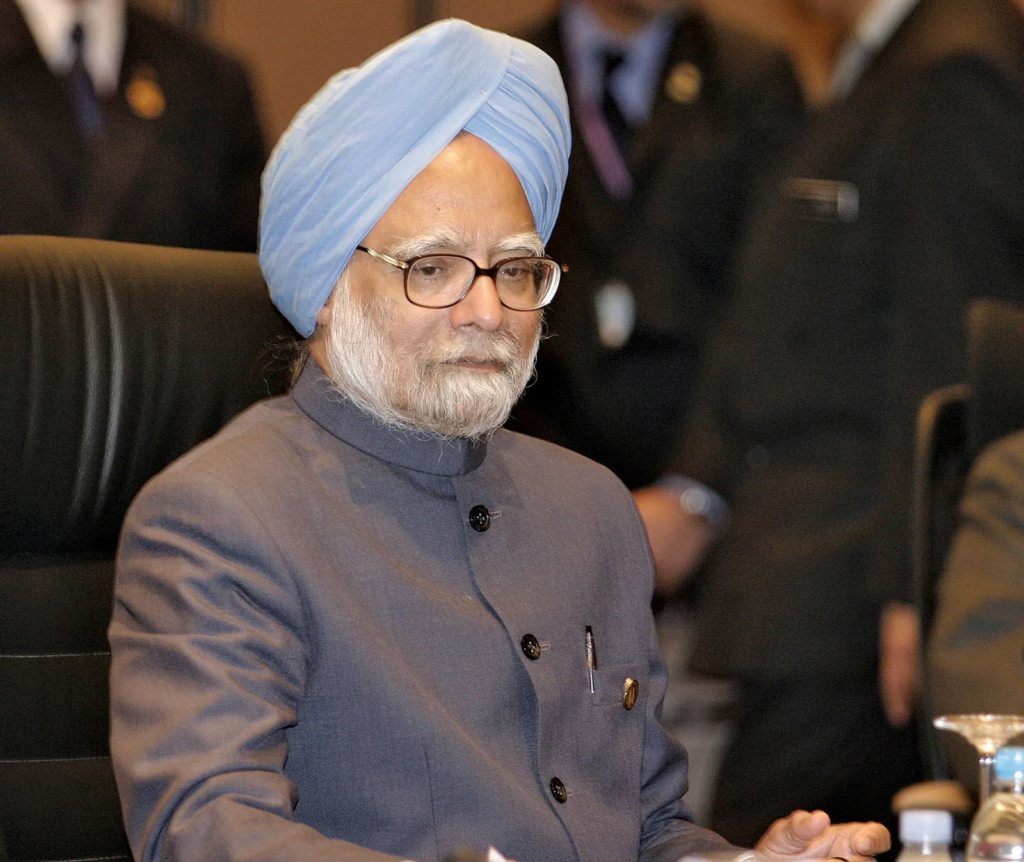
Manmohan Singh, a renowned economist and thinker, served as India’s Prime Minister from 2004 to 2014. He holds the distinction of being the only Prime Minister to be reelected for a second term after successfully completing the first. He held key positions such as Chief Economic Advisor, Reserve Bank Governor, and Head of the Planning Commission. Under his leadership, India’s economy experienced liberalization, and several significant projects were initiated, such as the Rural Health Mission, Unique Identification Authority, and the RTI Act. However, his tenure also faced controversies related to corruption charges.
3. P V. Narasimha Rao – The Architect of Economic Reforms
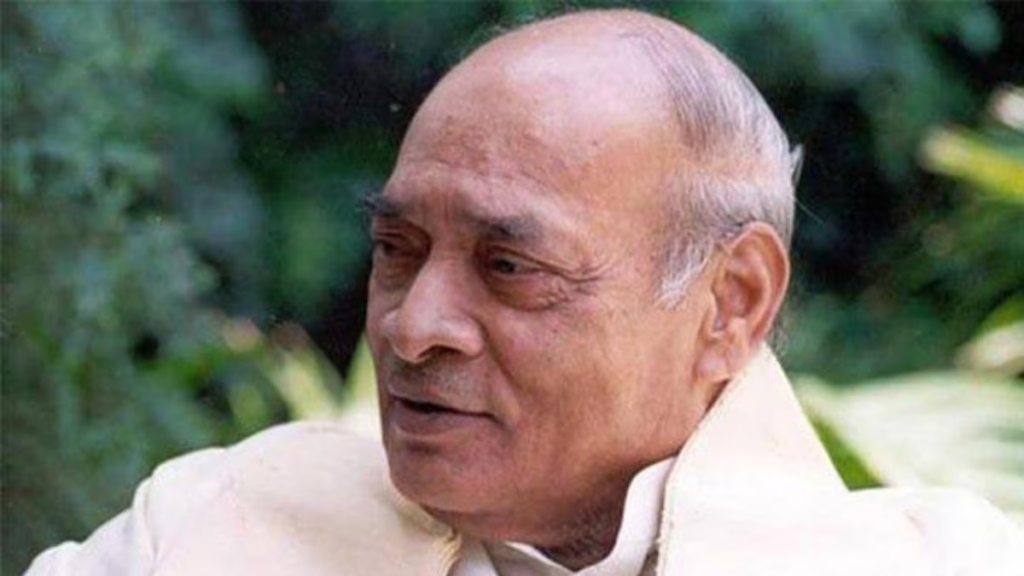
V. Narasimha Rao, during his tenure as Prime Minister, was instrumental in the demolition of the Babri Mosque and introducing open economy policies. His decision to implement open economy measures in 1991, proposed by Manmohan Singh, aimed to boost FDI inflows into India. Rao took important steps to strengthen internal security and introduced the computer-based trading system of the National Stock Exchange in 1994. His leadership was characterized by taking significant decisions without depending on a coalition government.
4. Indira Gandhi – The Iron Lady of India

Indira Gandhi, the only child of Jawaharlal Nehru, played a pivotal role in initiating the Green Revolution in India. Known for her bold decisions and firm convictions, she rose to immense influence within the Congress Party and among the public. While her term as Prime Minister lifted India out of a policy quagmire, her imposition of the emergency and the aftermath of Operation Blue Star led to controversy and subsequent riots. Despite these challenges, she is remembered as one of the greatest Prime Ministers in India’s history.
5. Morarji Desai – India’s First Non-Congress Prime Minister
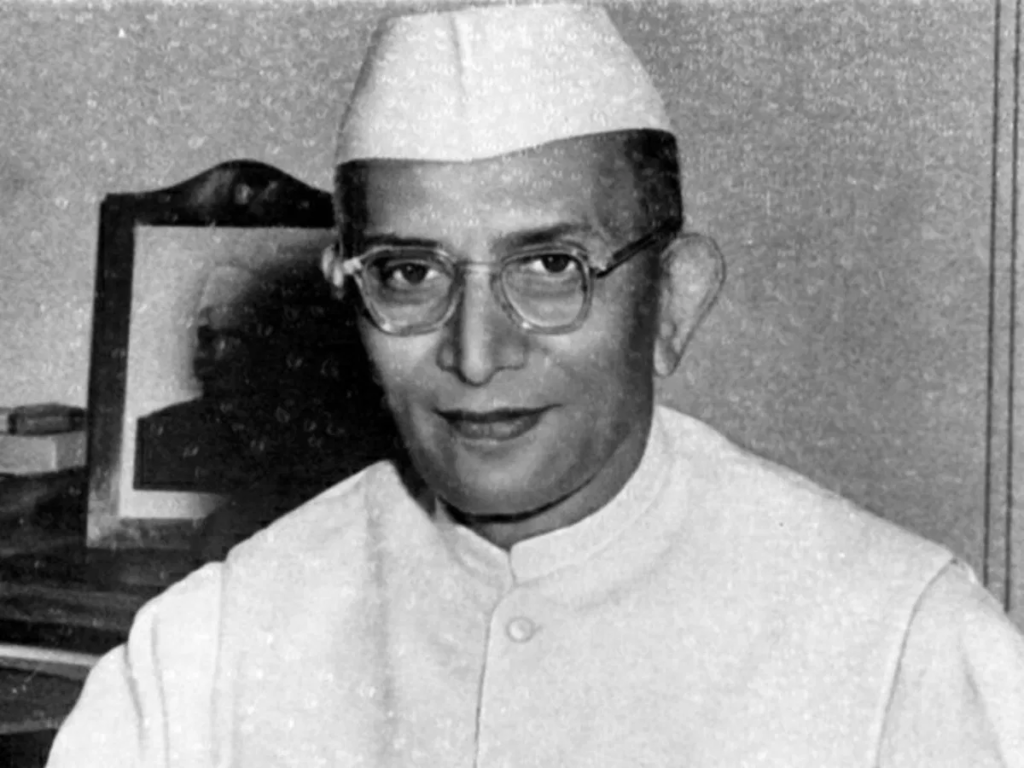
Morarji Desai, India’s first non-Congress Prime Minister, was a staunch follower of Gandhi’s non-violent path. He played a crucial role in India’s nuclear program and initiated significant social, health, and administrative reforms. Remembered for his contributions, Desai received Pakistan’s highest civilian award, Nishan-e-Pakistan, from Pakistan’s President Ghulam Ishaq Khan.
6. Rajiv Gandhi – The Youngest Prime Minister

Rajiv Gandhi, the youngest Prime Minister of India, succeeded Indira Gandhi after her assassination in 1984. Before joining politics, he worked as a professional pilot for Indian Airlines. His term as Prime Minister was marked by a massive victory in the general elections. However, controversial incidents such as the Bhopal disaster and the Shah Bano case tarnished his image. The Bofors scandal further damaged his reputation, leading to a significant defeat in the 1989 general elections. Tragically, he was assassinated by the LTTE.
7. Chaudhary Charan Singh – The Farmer’s Leader
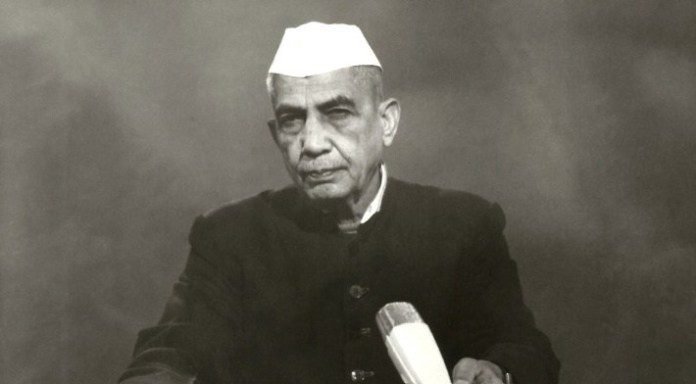
Chaudhary Charan Singh, born in a Jat family, emerged as the leader of peasants in North India. He became India’s Prime Minister in 1979 after serving as the Chief Minister of Uttar Pradesh. He was known for his opposition to Jawaharlal Nehru’s socialistic policies and implemented several reforms in social, health, and administrative sectors.
8. Atal Vihari Vajpayee – The Respected Leader

Atal Vihari Vajpayee, one of India’s most respected political leaders, received the Padma Vibhushan in 1992 and the Bharat Ratna in 2016. His leadership witnessed significant milestones, including the successful nuclear tests in 1998 and the Lahore Bus Service to improve relations with Pakistan. Vajpayee’s political vision during the Kargil war led to India’s victory. After facing a massive defeat in the 2004 general elections, he chose to step away from active politics.
9. Narendra Modi – The Globally Popular Prime Minister
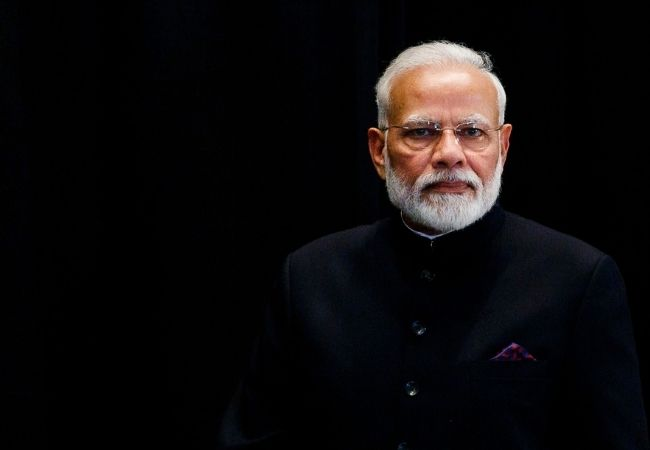
Narendra Modi, India’s current Prime Minister, is widely recognized as a popular global leader. He led the BJP to a significant victory in the 2014 general elections and has completed years in office without facing any corruption charges.

